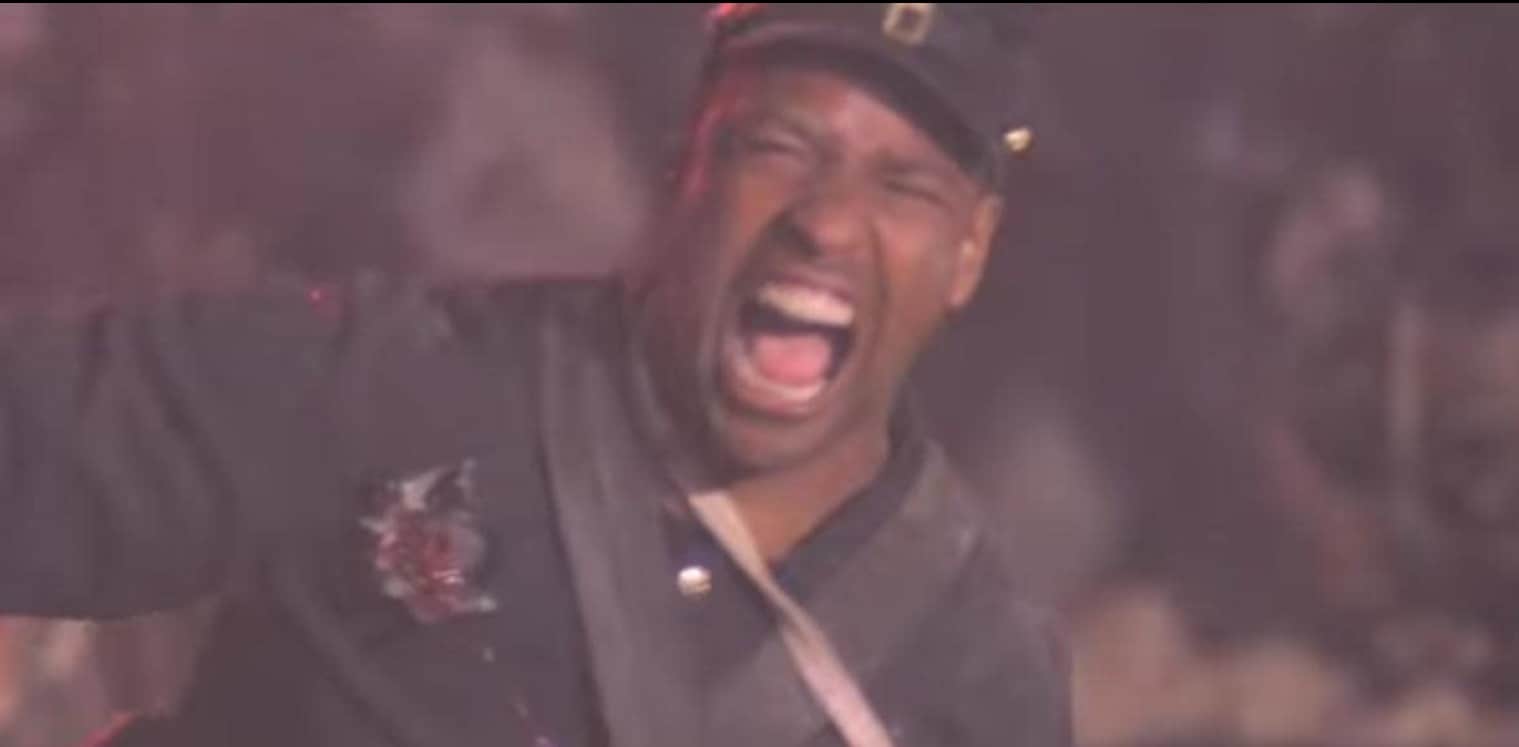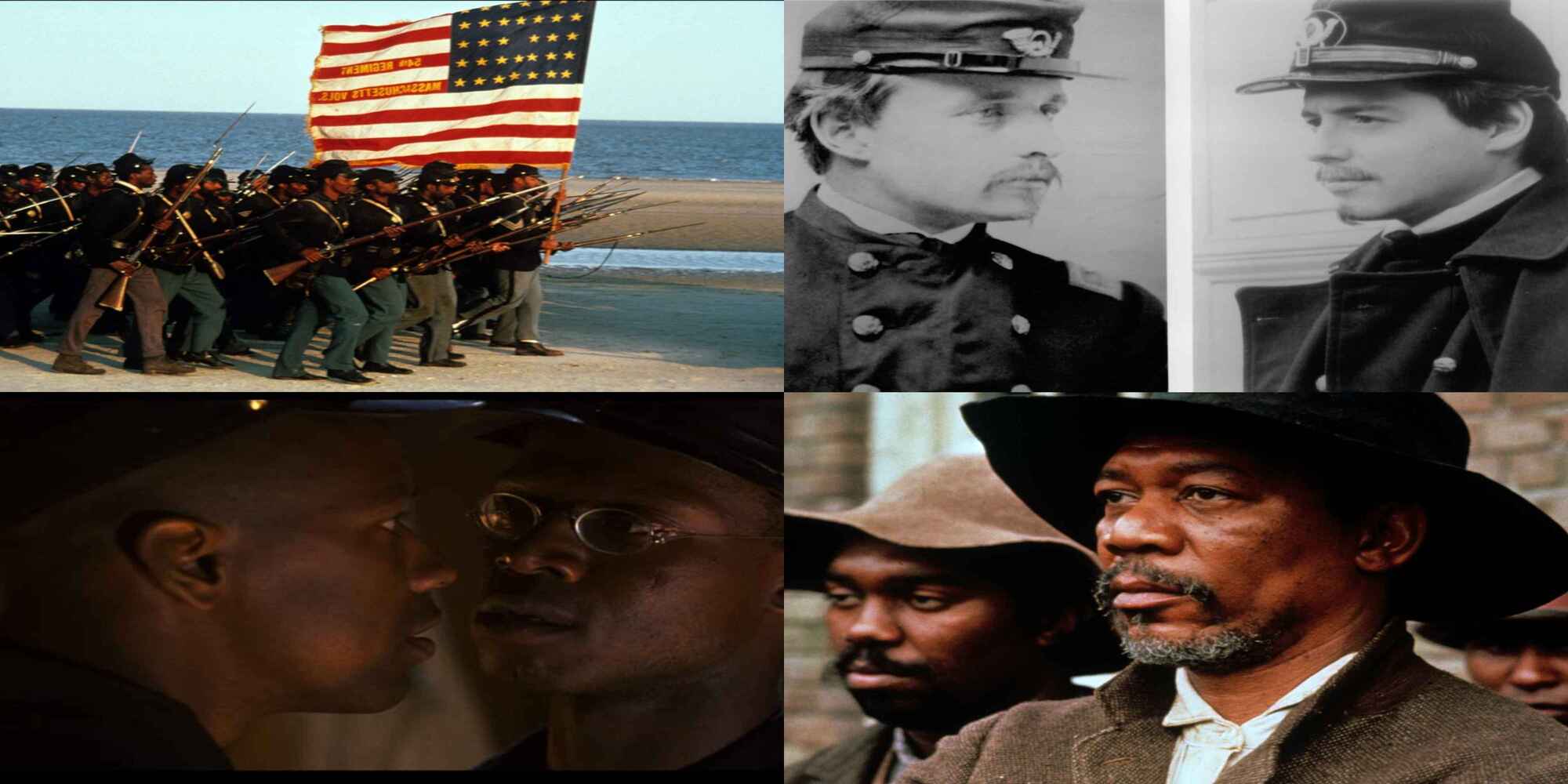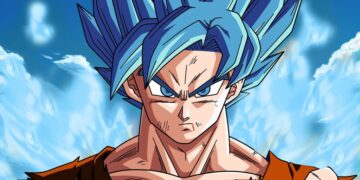Glory is a film about the American Civil War. Edward Zwick is the director of the film. This film is based on the true story of Colonel Robert Gould Shaw, who led the first all-black Regiment in the American army.
The film contains real-life incidents based on real characters as well as fictional characters. Most of the story is true, and the screenplay is adapted from books called “Lay This Laurel” and “One Gallant Rush.”
The story revolves around an army regiment called the 54th Massachusetts Volunteer Infantry. The Regiment consisted of black soldiers, escaped slaves, and Northern freemen. Colonel Robert Shaw is the head of the Regiment. Under his guidance, the Regiment fights a battle at Fort Wagner.
This movie was released in 1989. It highlights issues like racism, diversity, freedom, and sacrifice as a part of the war. These were some of the most serious issues that prevailed during the time of war. The film portrays these issues effectively. Some of the film’s lead actors are Denzel Washington, Morgan Freeman, and Andre Braugher.
This film is a must-watch for people who wish to know about the American Civil War. The movie provides a broad perspective on war and its consequences. The film is famous for its realistic representation of the events that occurred during the American Civil War.
Also read: 42 Best War Movies of All Time You Must Watch
Here are a few interesting facts about Glory:
1. The movie is based on a true story.
The movie is based on the real story of Colonel Robert Gould Shaw, who leads the 54th Regiment. Robert Gould Shaw is an officer who took command of an all-black regiment. He was against racism and even demanded equal pay for all the soldiers in his Regiment. The film is very close to reality, but there are a few fictional characters like Silas Trip, Cabot Forbes, and John Rawlings.
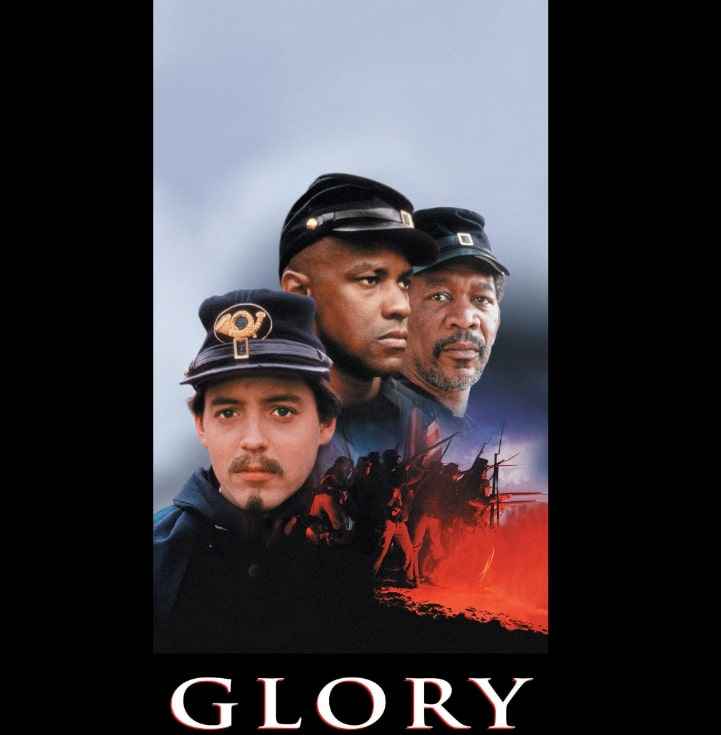
2. Morgan Freeman, who played Sergeant Major John Rawlins, served in the US military in real life.
Morgan Freeman, who is a famous actor, has also served in the US military for four years. He was fascinated by war films and wanted to join the army. He served as a radar technician in the Air Force. Using this experience, he explained the relationships that form in the army.
He mentioned that no one in the army becomes friends during training, but partners are assigned according to their strengths.
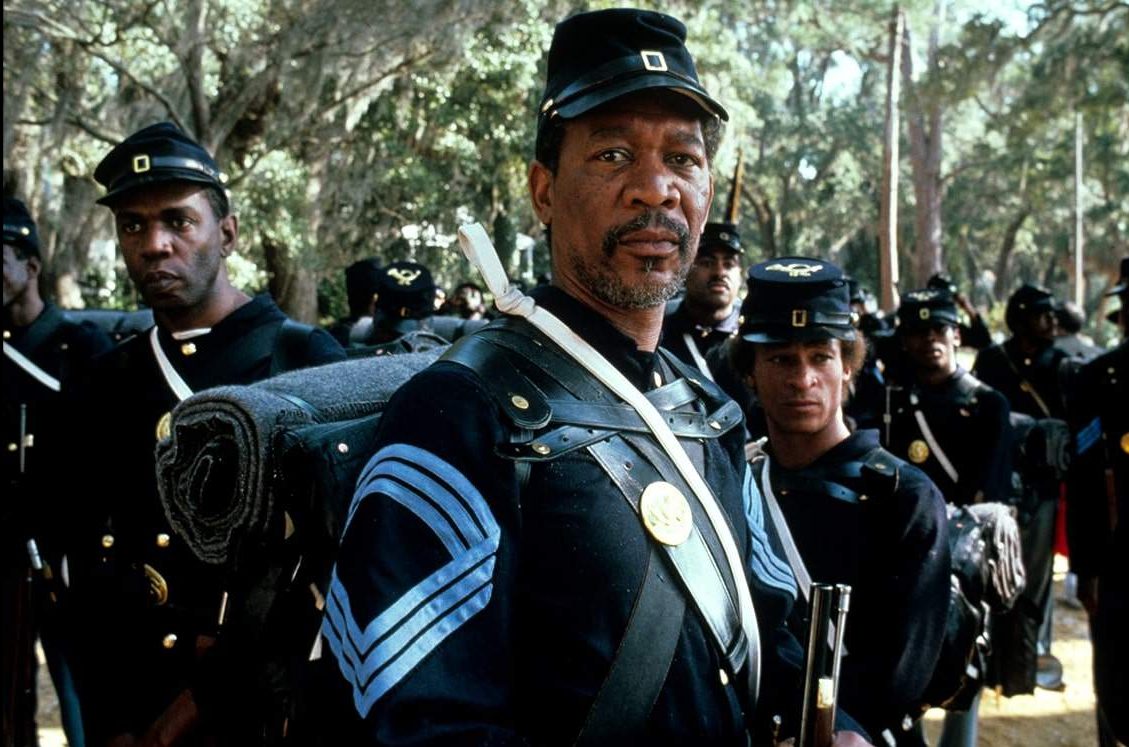
Also read: 20 Best Morgan Freeman Movies To Watch – According To IMDb Rating!
3. Fog machines are used throughout the film to make the sky look black.
The director of the film, Edward Zwick, wanted to make the film look gloomy. As most of the scenes are based on war, he wanted the set to look dull and cheerless. So, he asked the production team to use fog machines to avoid showing a picture of a clear, blue sky in the film. Due to this reason, most of the film looked bleak.
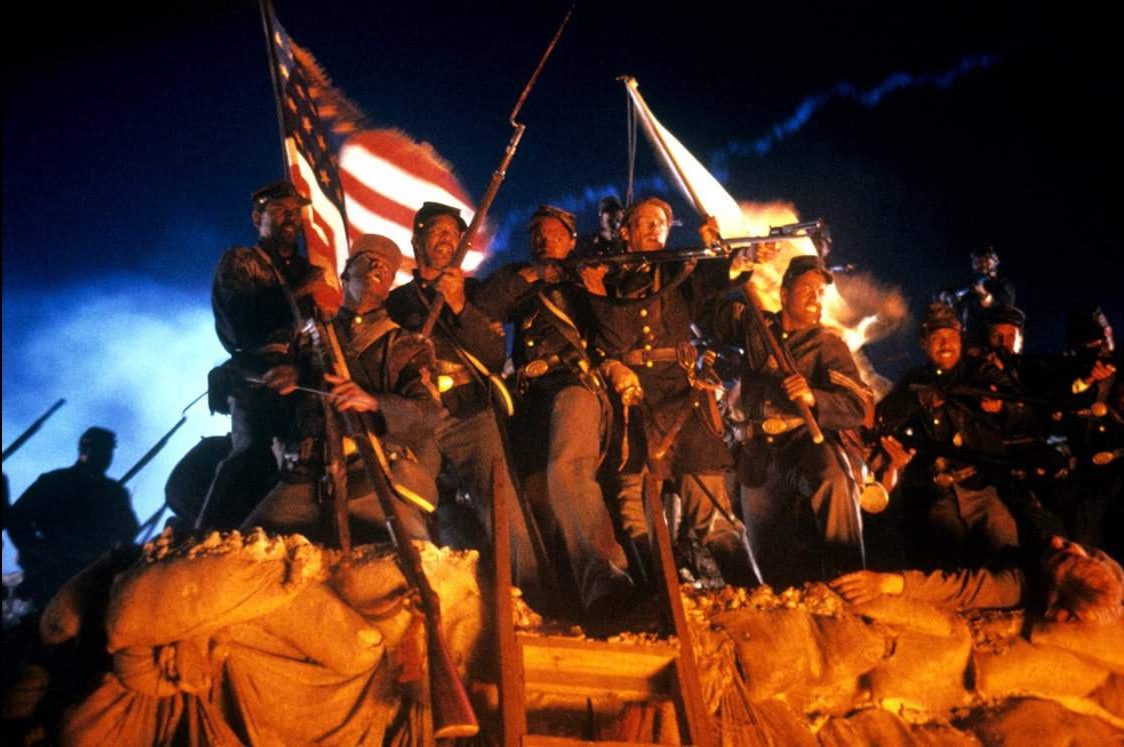
4. Fort Wagner, shown in the film, does not exist anymore.
Fort Wagner is the place where the battle of the 54th Regiment took place. The fort got submerged in the Atlantic Ocean in the late 1800s. The Civil War Trust preserved Morris Island, where guns and weapons were placed during the war. This site was declared an important historical site by the Civil War Trust.
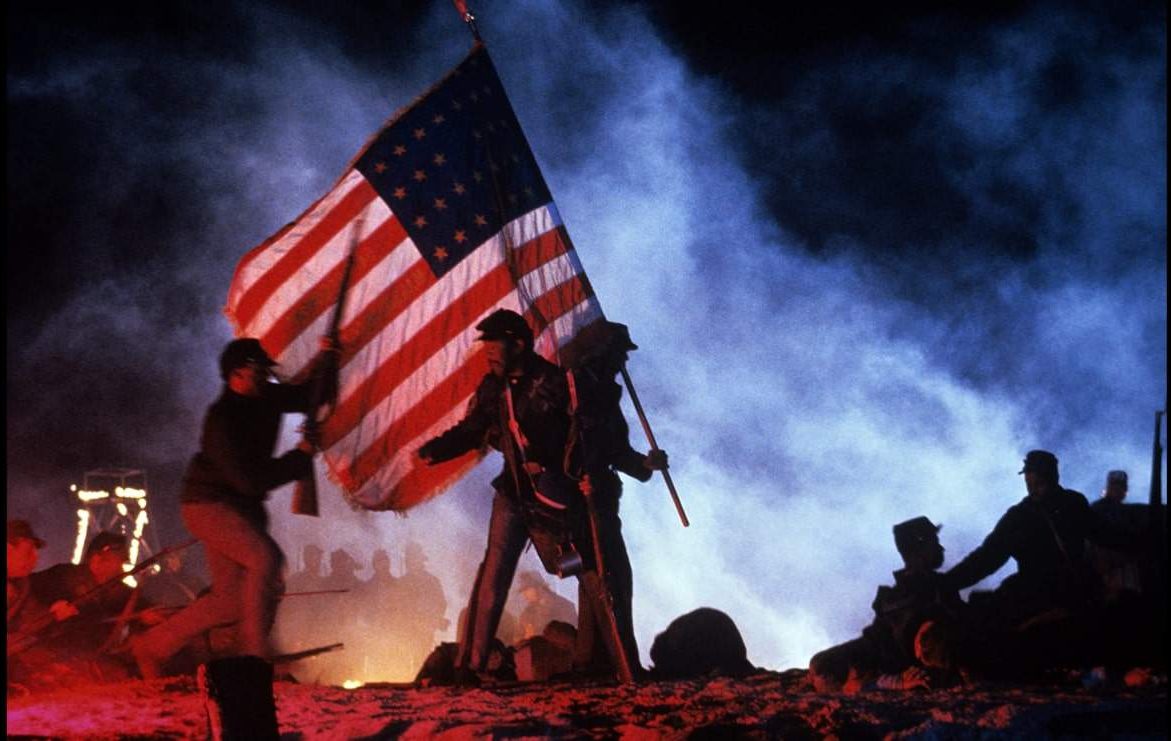
5. The screenplay of the film was adapted from two books.
Kevin Jarre wrote the screenplay for the film Glory. He was inspired by a monument in Boston to write the screenplay. He adapted the script from the books “One Gallant Rush” by Peter Burchard and “Lay the Laurel” by Lincoln Kirstein.
The film also took references from various primary and secondary resources. Kevin Jarre and director Edward also took inspiration from the letters and diaries written by soldiers during that period.
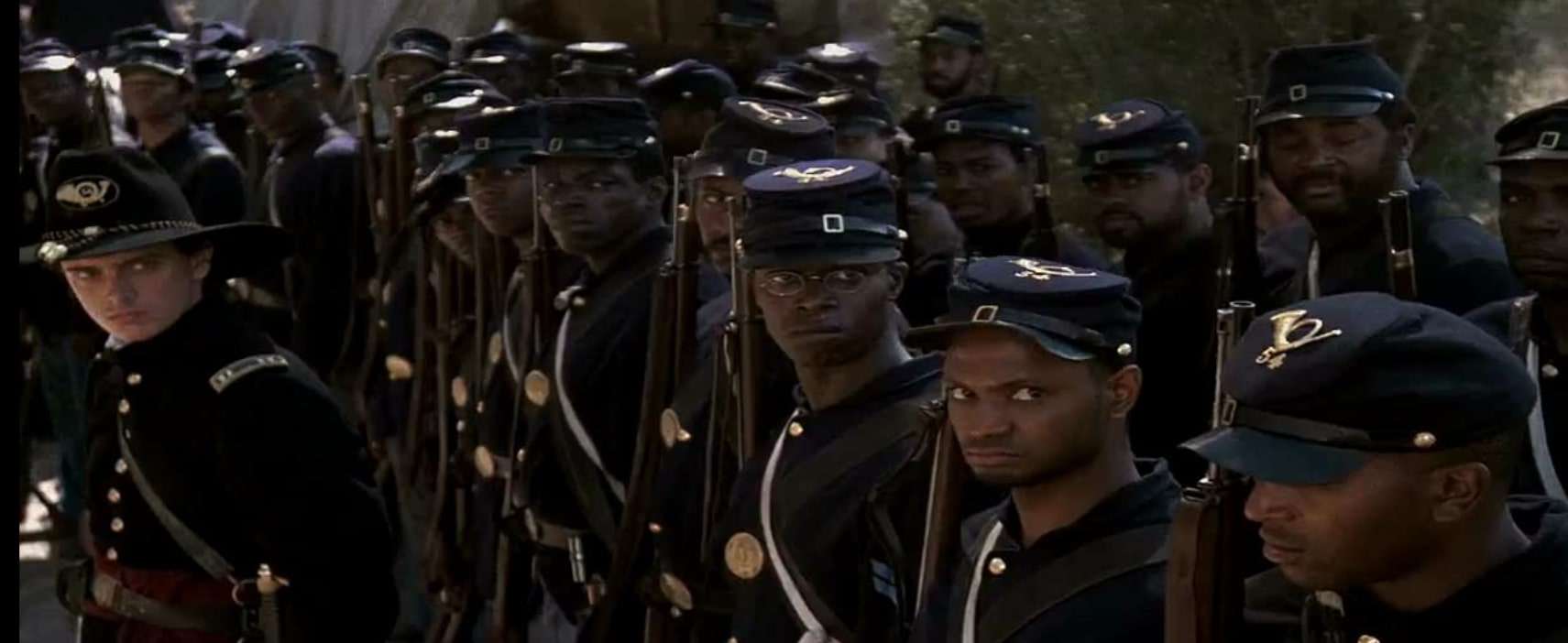
6. The shooting of the entire film was completed in 70 days.
The shoot for the film started in February and ended in April. It just took 70 days to finish the entire shooting of the film. To be precise, the filming started on March 9, 1989, and ended on April 20. The production of the film got delayed due to natural causes. However, the film was released on December 15, 1989.
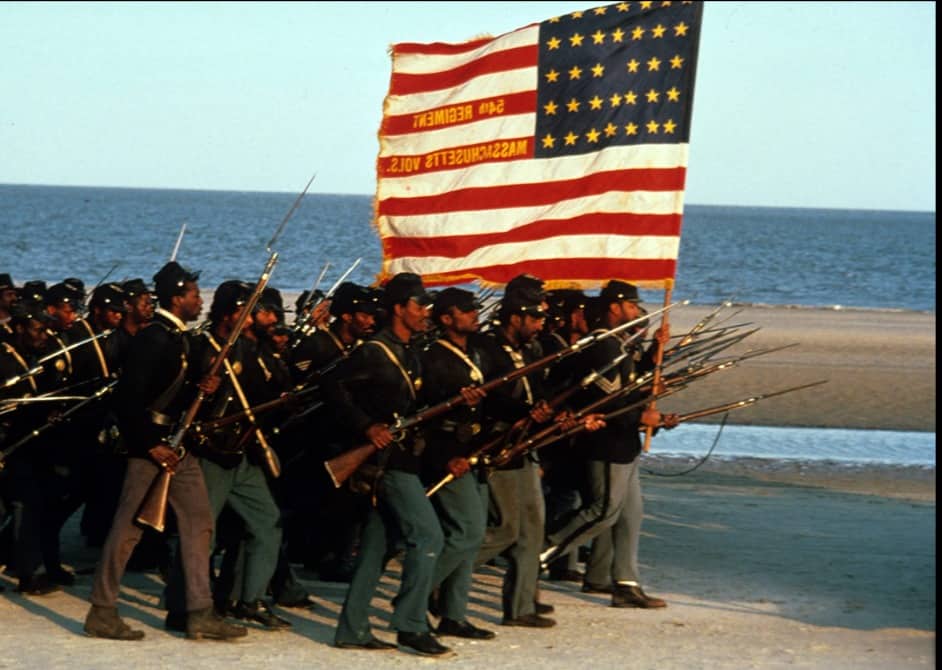
7. The director intentionally placed the scene of a soldier’s head being blown off at the beginning of the film.
Edward Zwick, the director of the film, mentioned that he intentionally placed the most violent scene at the beginning of his film. The film is all about gore and violence and was also given an R rating.
So, the director wanted to prepare his audience for all the violent scenes in the film and placed the most violent scene at the beginning itself. This is why he decided to place the scene where a soldier’s head is blown off at the beginning of the film.
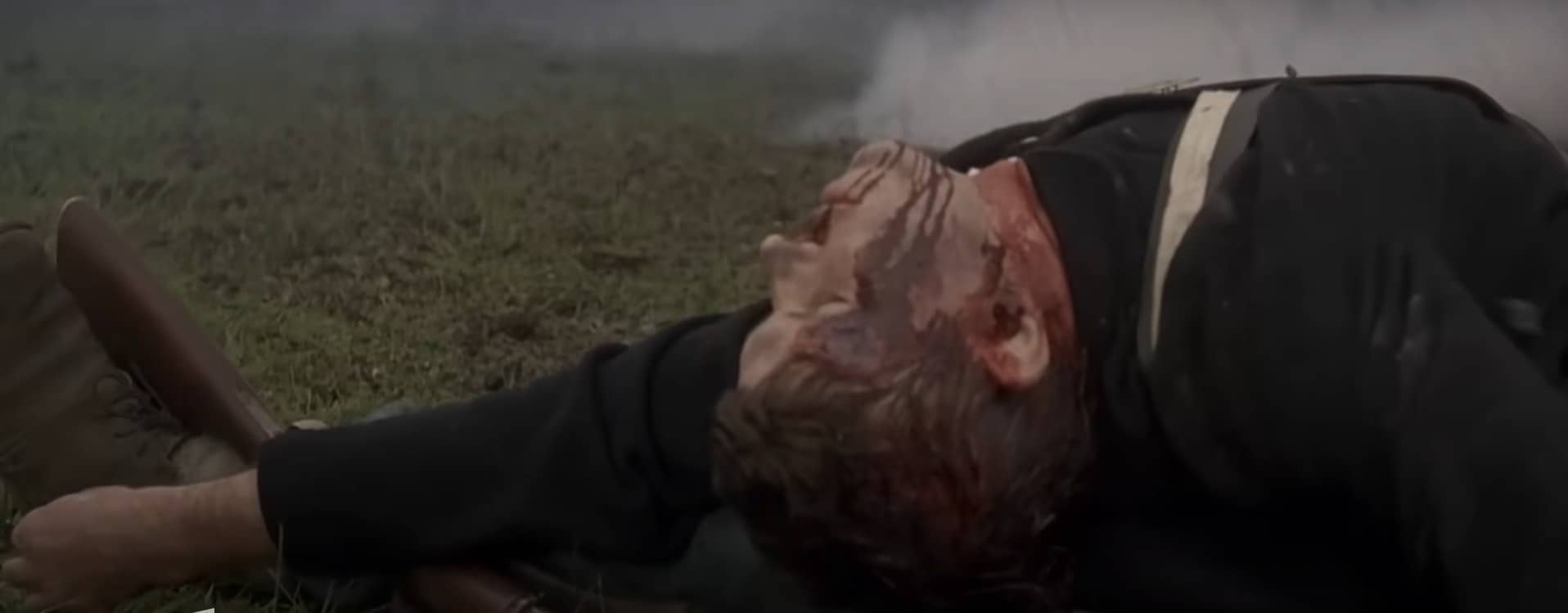
8. The crew used lycopodium powder to induce blasts during the fight scenes.
During the fight sequences, the director and crew decided to use lycopodium powder. This powder is used to induce blasts. This powder is used to produce a fluorescent light along with flames to display special effects in movies. The fire produced by this flame can be controlled very easily. So, most of the shell burst scenes in the film are induced using this powder.
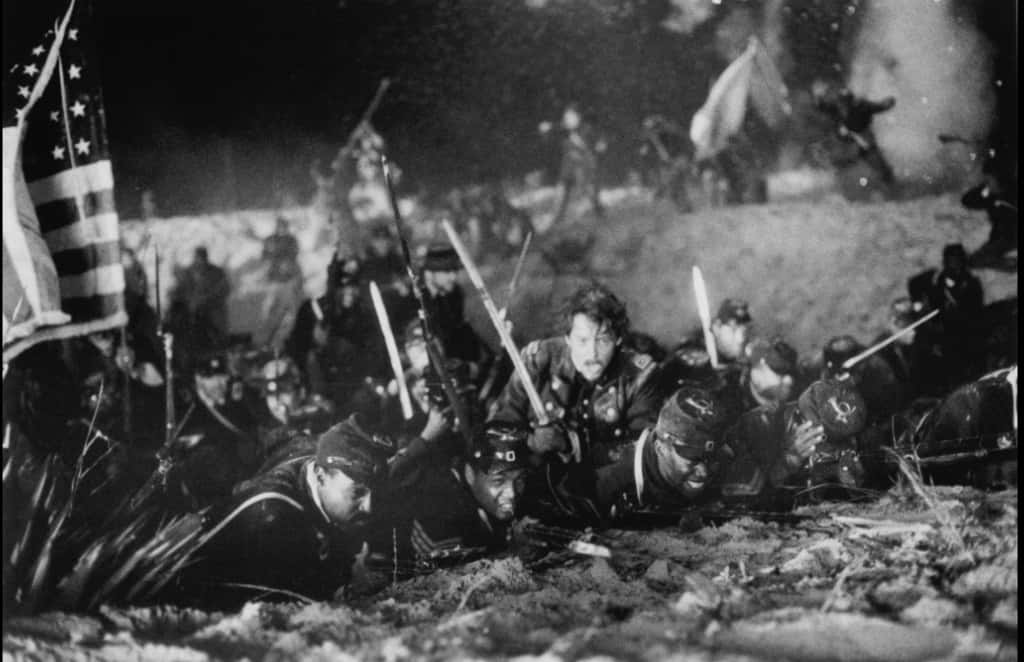
9. The background score for “Glory” features various traditional African-American songs.
The background score of the film was composed by the famous music composer James Horner. He is also famous for his work in the films Titanic, Avatar, and Braveheart. The soundtrack is composed using several traditional African-American songs along with orchestral music.

The featured artists of African-American songs include Stevie Wonder and Boy II Men. The track also includes the famous Irish folk tune “Johnny Has Gone for a Soldier.” All the featured tracks are about sacrifice, courage, and war. The soundtrack for the film is a beautiful blend of all these songs.
10. Most of the scenes were shot in real locations where the civil war happened.
The majority of the movie was shot at Fort Wagner. The filmmakers were very accurate about the locations. To maintain accuracy, the filmmakers shot all the other scenes in real locations where the Civil War took place.
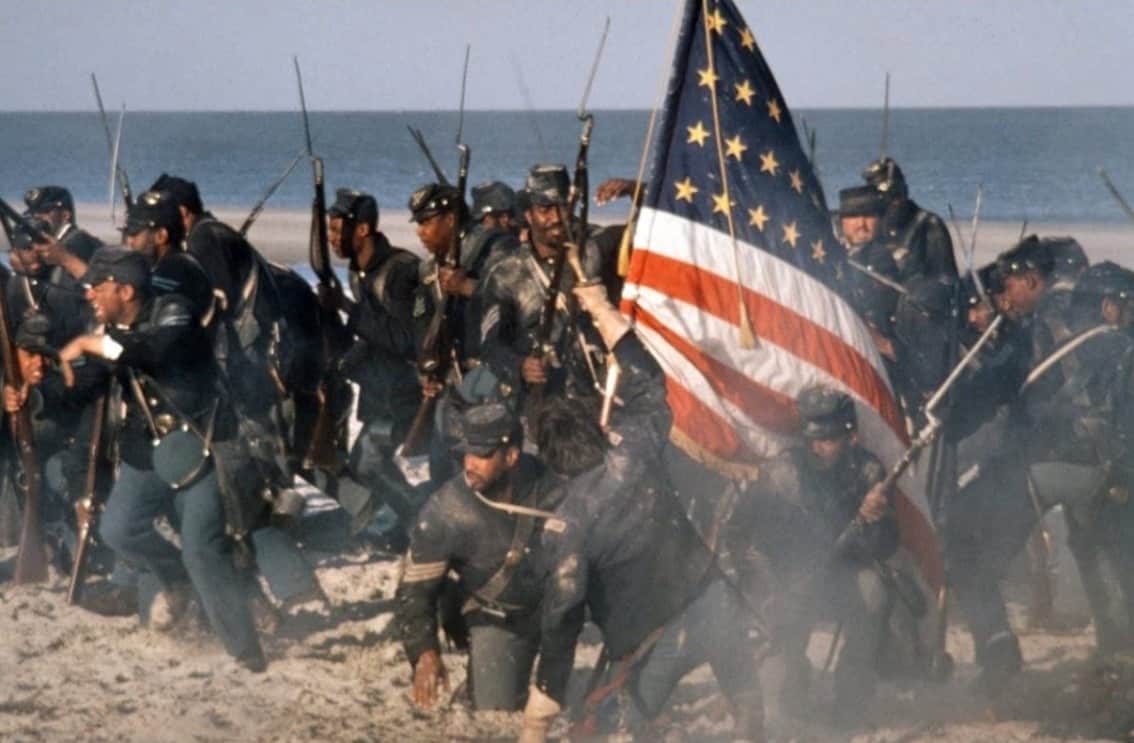
The filming was done in Georgia, Savannah, Massachusetts, and South Carolina. It was also filmed at Fort Pulaski, which is a national monument. These sites were some of the major historical places where the war took place.
11. Morgan Freeman did all of his stunts.
Morgan Freeman performed all his stunts without using a stunt double in this film. He was a former military person. The director, Edward Zwick, requested that the movie’s cast do their fight scenes. Out of all the stars, Morgan was the most experienced actor. He was also the oldest. So, he decided to do all his stunts. The fight sequences we see on screen were done by Morgan Freeman himself.
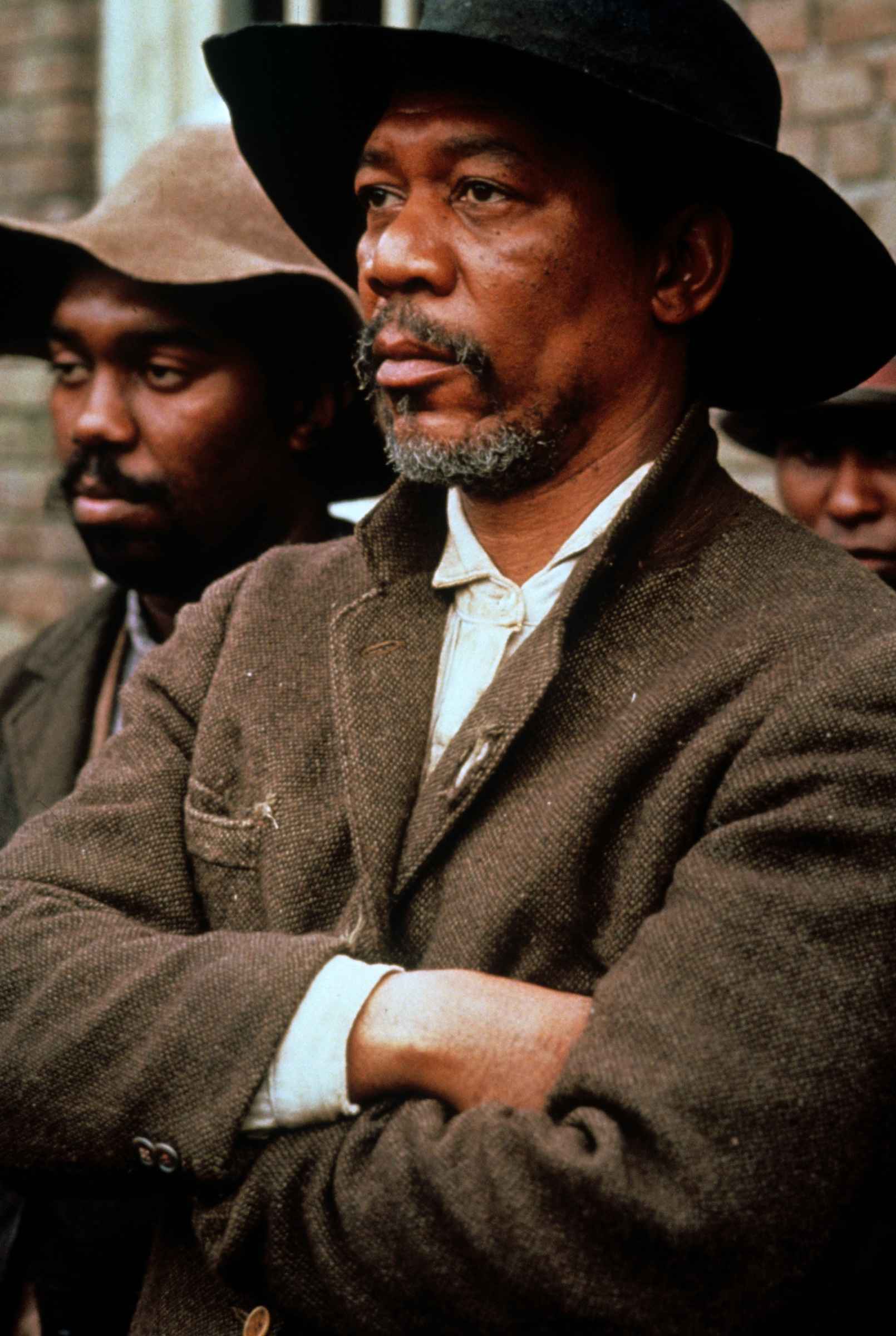
12. The names of Robert Gould Shaw and Morse were the only real names mentioned in the film.
The film is based on a real story. Some of the characters in the film are fictional, and the names of the characters are also fictional. But the names of Colonel Robert Gould Shaw and Captain Charles Fessenden Morse are true. The crew did not alter these names.
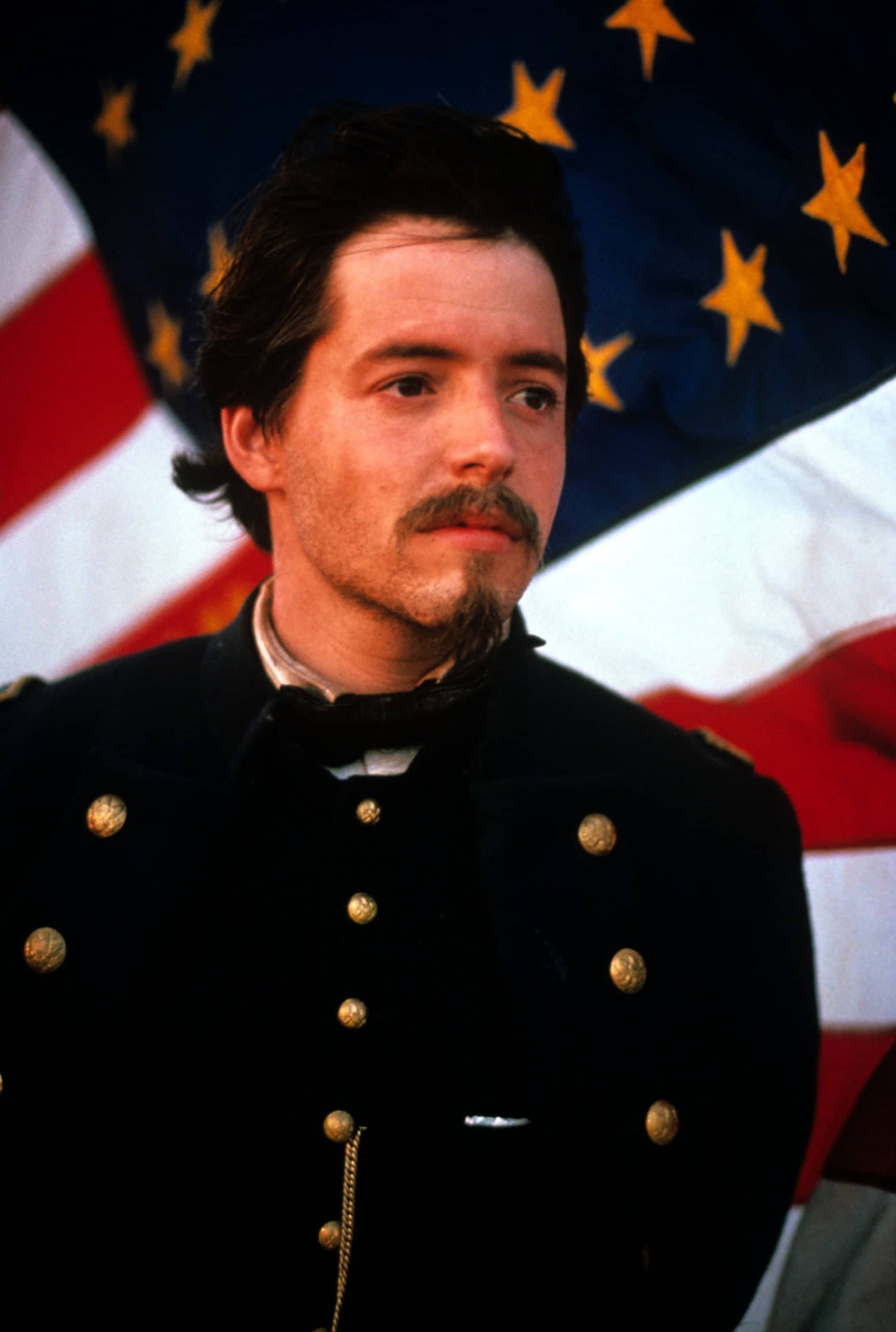
These characters were played by Denzel Washington and Donovan Leitch. However, Captain Morse was not a part of the 54th Regiment in real life. The characters of Trip, Private Jupiter Sharts, and John Rawlins were indeed fictional.
13. The Civil War reenactors did not charge a single penny for their contribution.
The Civil War reenactors are a group of historians who help in the recreation of battle scenes. The group of reenactors is known as “Company B.” They introduce the team to the events and help in the exact recreation of the environment.
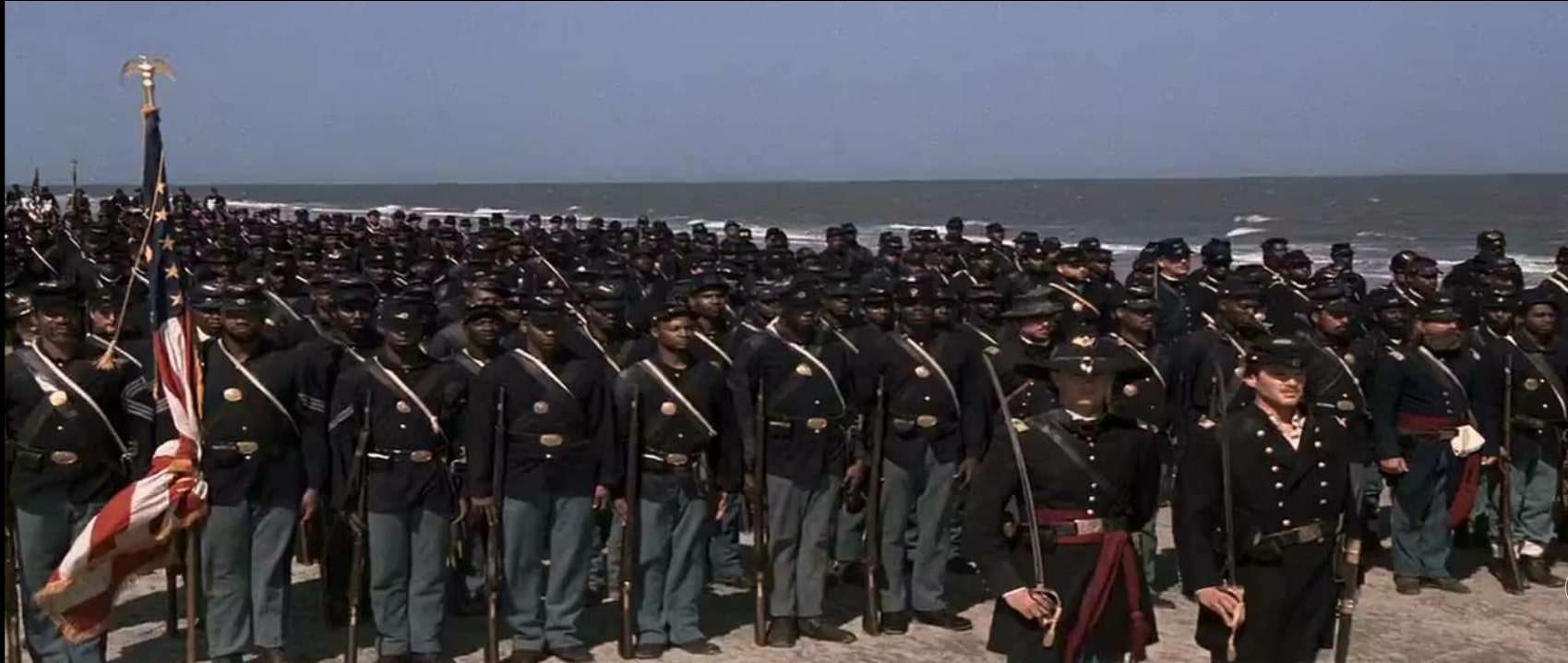
The reenactors carried their costumes and equipment to the set. The authentic costumes made the war even more realistic. The reenactors helped voluntarily and did not charge the crew as well.
14. The budget of the film was around $18 million.
The producers of the film spent approximately 18 million dollars on its production. However, the movie was a huge critical, as well as commercial, success. The film collected around 26 million dollars at the box office and also received many positive reviews. It was also praised by critics for depicting the war effectively. The film has also won several awards.
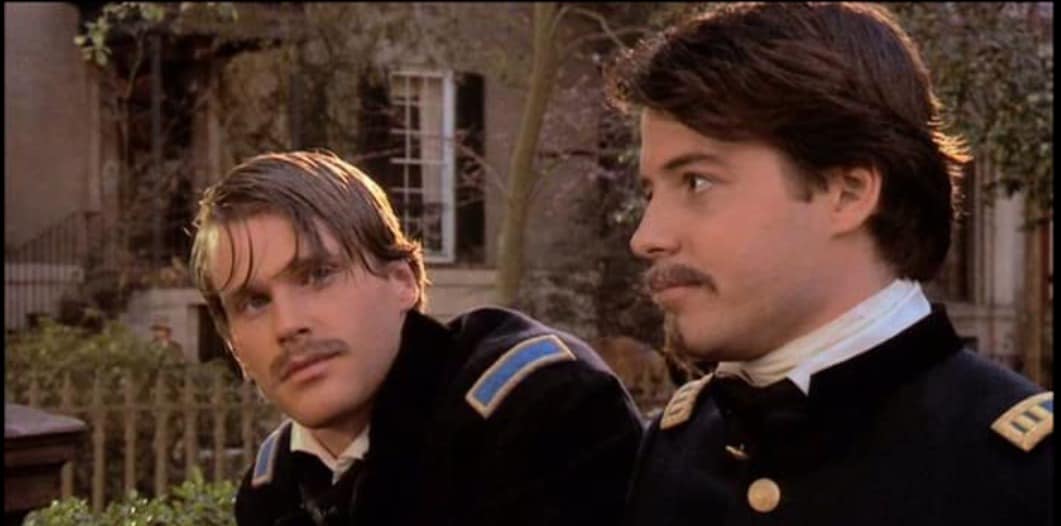
15. The entire cast watched Civil War documentaries to improve their performance in the film.
The cast of the film Glory watched several documentaries on the Civil War to enhance their knowledge. The actors had to play soldiers who fought in the Civil War. So, to improve their performances, the actors were suggested to watch documentaries on the Civil War. Several other sources, like diaries and letters, were also provided to the cast.
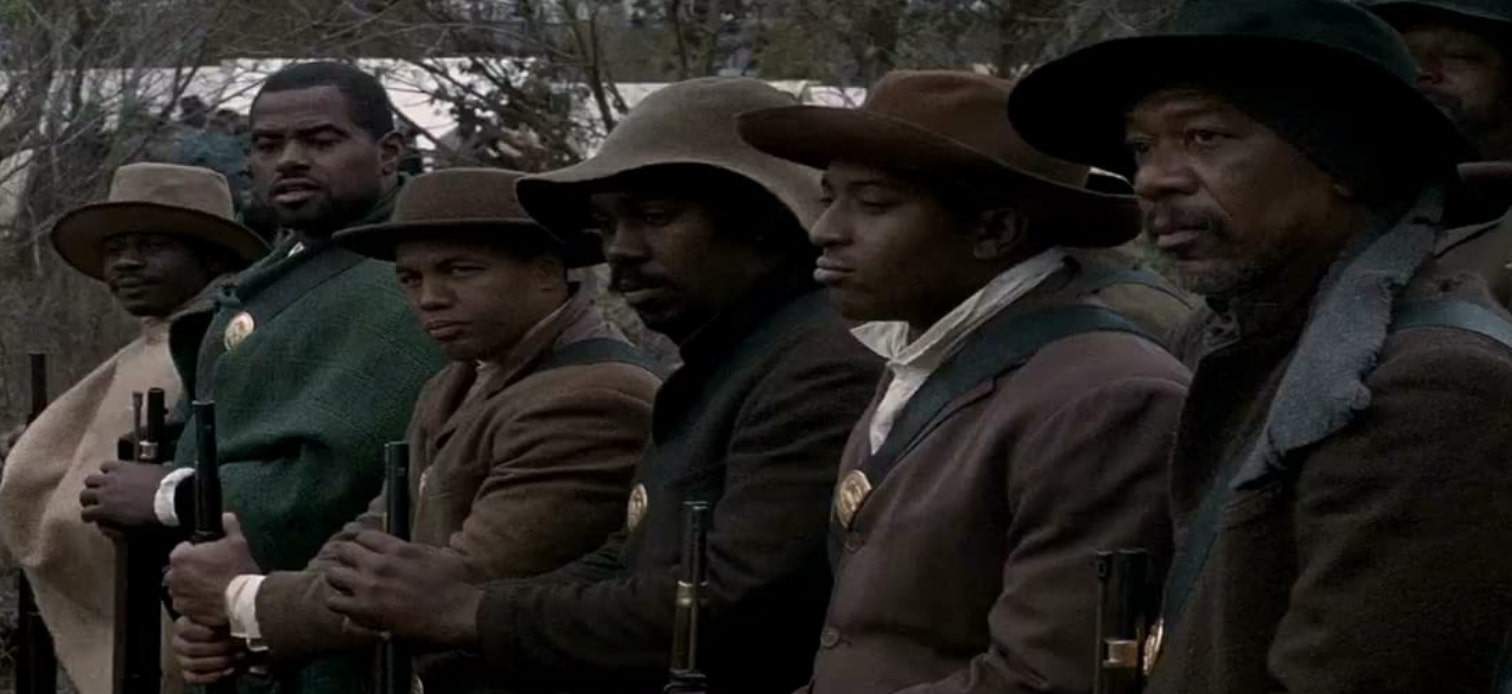
16. The film won three Oscar Awards.
The film Glory won three Academy Awards among the five nominations. The awards were given in the categories of “Best Cinematography” for Freddie Francis, “Best Sound,” and “Best Actor in a Supporting Role” for Denzel Washington.

Denzel won his first Oscar for this film. Denzel Washington showed no interest in playing the role but gave it a chance anyway. The role of Denzel Washington in this film is one of the best performances of his career.
Also read: 30 Best Movies of Denzel Washington That You Should Watch in 2022
17. The letter shown in the opening scene is an actual letter written by Colonel Gould Shaw.
The letter shown in the opening scene of the film is an actual letter written by Colonel Robert Gould Shaw. The director and crew studied the letters written by Colonel Shaw and took many references from them. One such letter is featured in the opening scene, after which Colonel Shaw heads over to the battlefield.
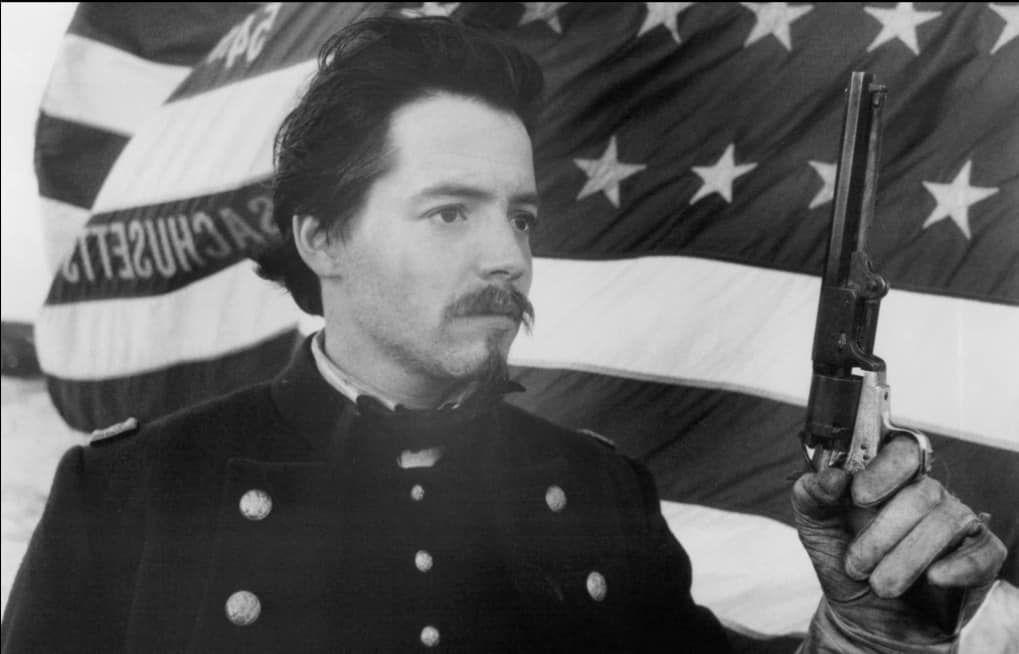
The letter is addressed to his mother and ends with the lines, “You must not think that any of us are going to be killed. They are collecting such a force here that an attack would be insane.” The voiceovers in the film were taken from a book known as “Army Life in a Black Regiment,” which was written by Thomas Wentworth Higginson.
18. The film title was supposed to be “One Gallant Rush,” but Denzel Washington suggested the title “Glory.”
“One Gallant Rush” was the initial title given by the makers of the film. It was named after the book that was adapted for the film. Later, Denzel Washington, who played the role of Private Silas Trip, suggested the title “Glory” as it reflected the spirit of the film.
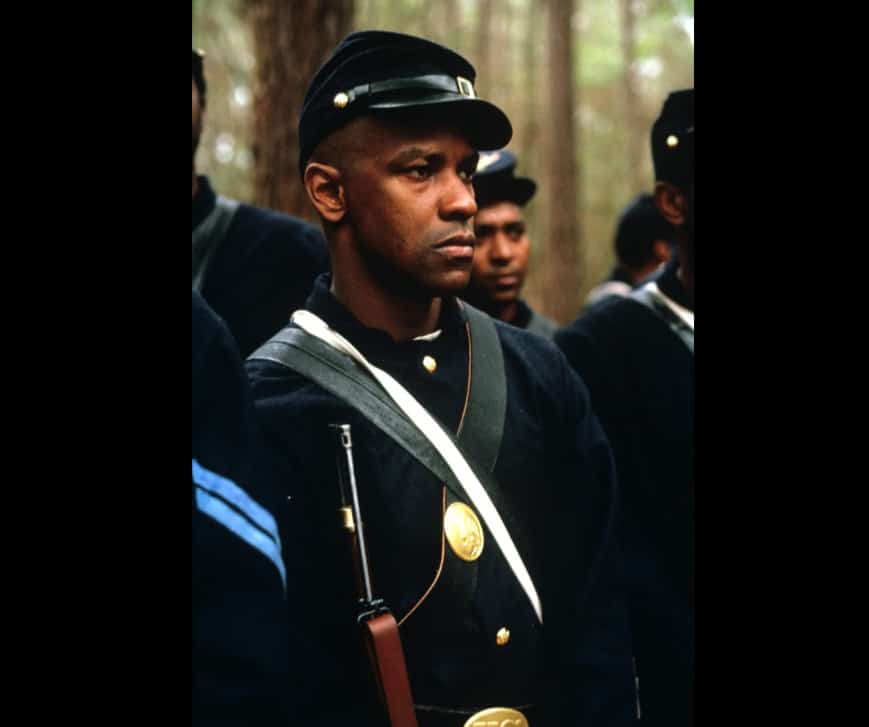
The name “Glory” was taken from the account written by First Sergeant Robert John Simmons in the “New York Tribune” newspaper. Colonel Shaw also mentioned the name “Glory” in one of his letters.
19. The cast underwent extensive training for their roles.
The actors in the film underwent extensive training to prepare for their roles, both mentally and physically. They were put through boot camp-style training that included military drills and physical conditioning. The hair and makeup team also helped the actors to make them look like soldiers.
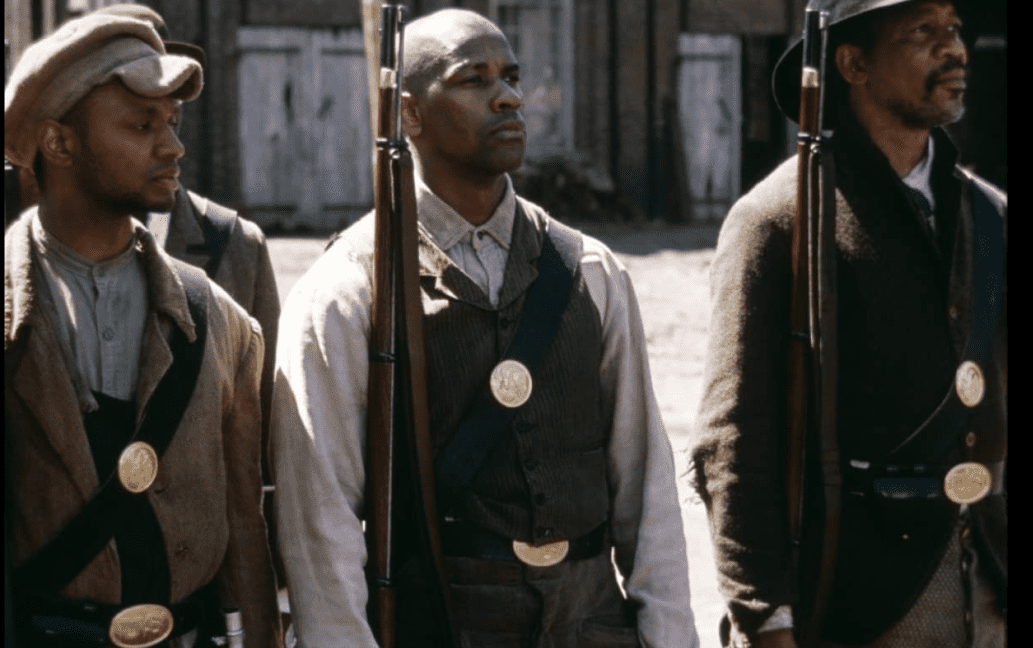
Also read: 10 Best Korean War Movies Ever Made [Watch List 2020]
20. The crew used heaters and snow blowers for shooting the film under different climatic conditions.
The movie was shot between February and April in different locations. Due to the continuous change in the climatic conditions, the crew used heaters to melt the snow as it snowed in Georgia.
While shooting in March, the crew used snow blowers to cover the shooting area with chipped snow. The crew managed to make it appear as if it snowed. It became very challenging for the crew to create such a set.
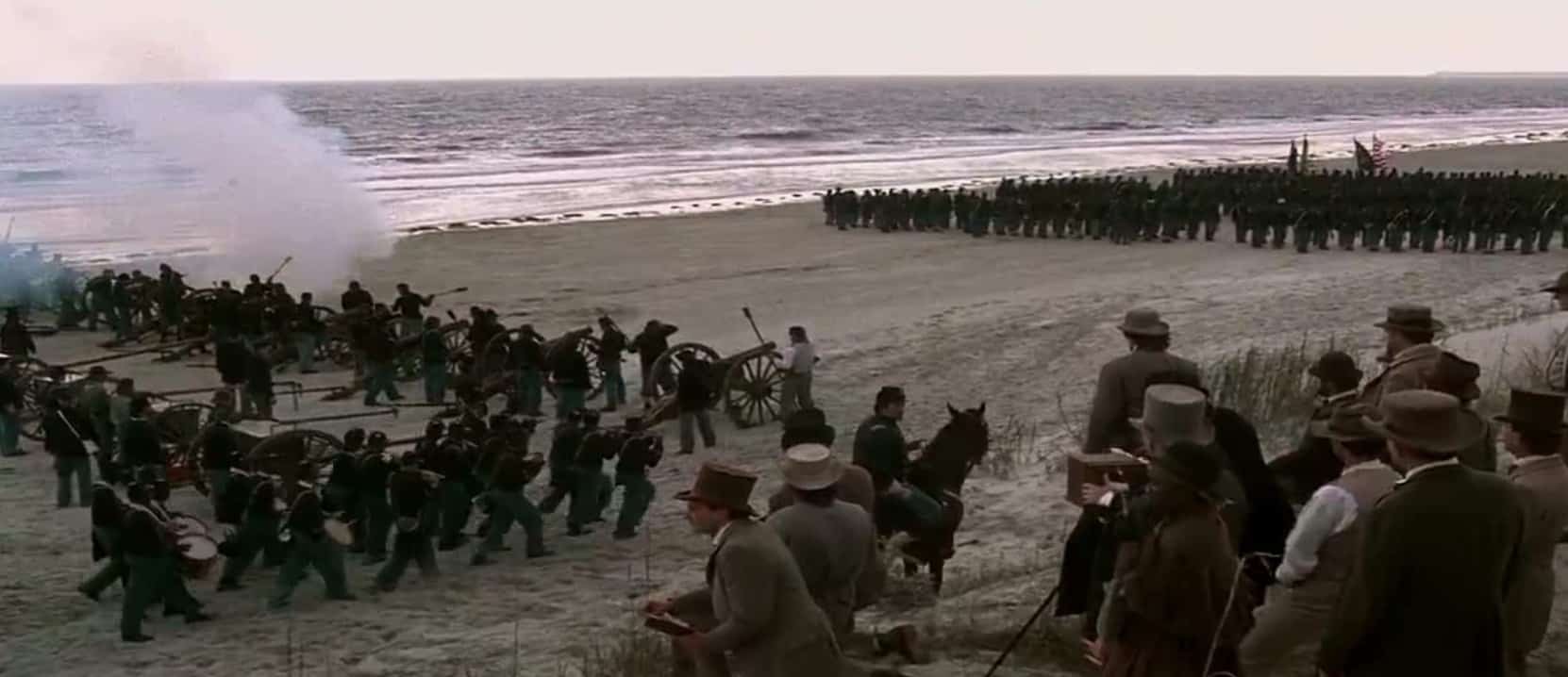
21. Denzel Washington hired a voice coach to get the southern accent.
Denzel Washington played the role of Private Silas Trip in the film. Private Trip is a runaway slave in the film. So, Washington hired a voice coach to learn the southern accent for his role. He practiced the southern accent until he became fluent. We can see Denzel using a southern accent in the film.
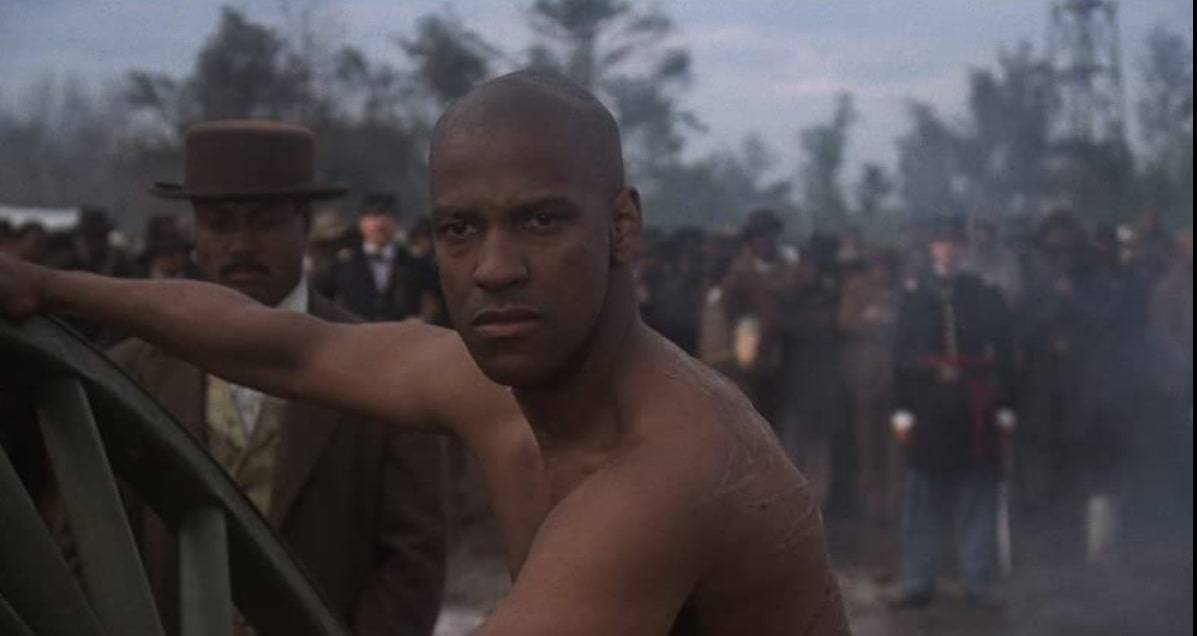
22. Broderick lost 20 pounds for the role of Colonel Shaw.
Matthew Broderick, who played the role of Colonel Robert Gould Shaw, lost around 20 pounds to look like the real Shaw. To look like Colonel Shaw, he followed a strict diet and exercised daily to lose weight. This is the reason why he looked very familiar to the real Shaw in the film.
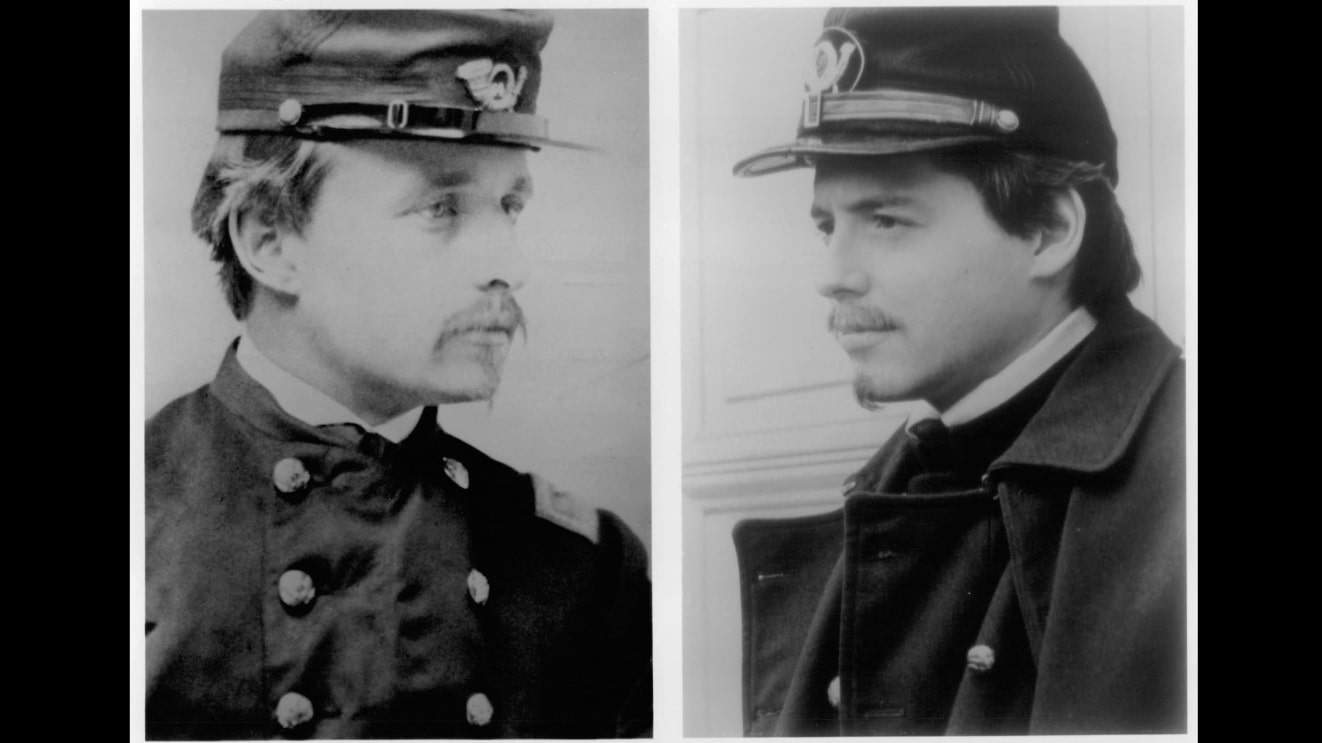
23. The soldiers’ experiences were taken from real-life letters and diaries of soldiers.
The movie was based on various letters written by soldiers during the Civil War. The makers also took references from the diaries of a few soldiers. The letters written by Colonel Shaw in the film were taken from the letters written by the real Shaw.
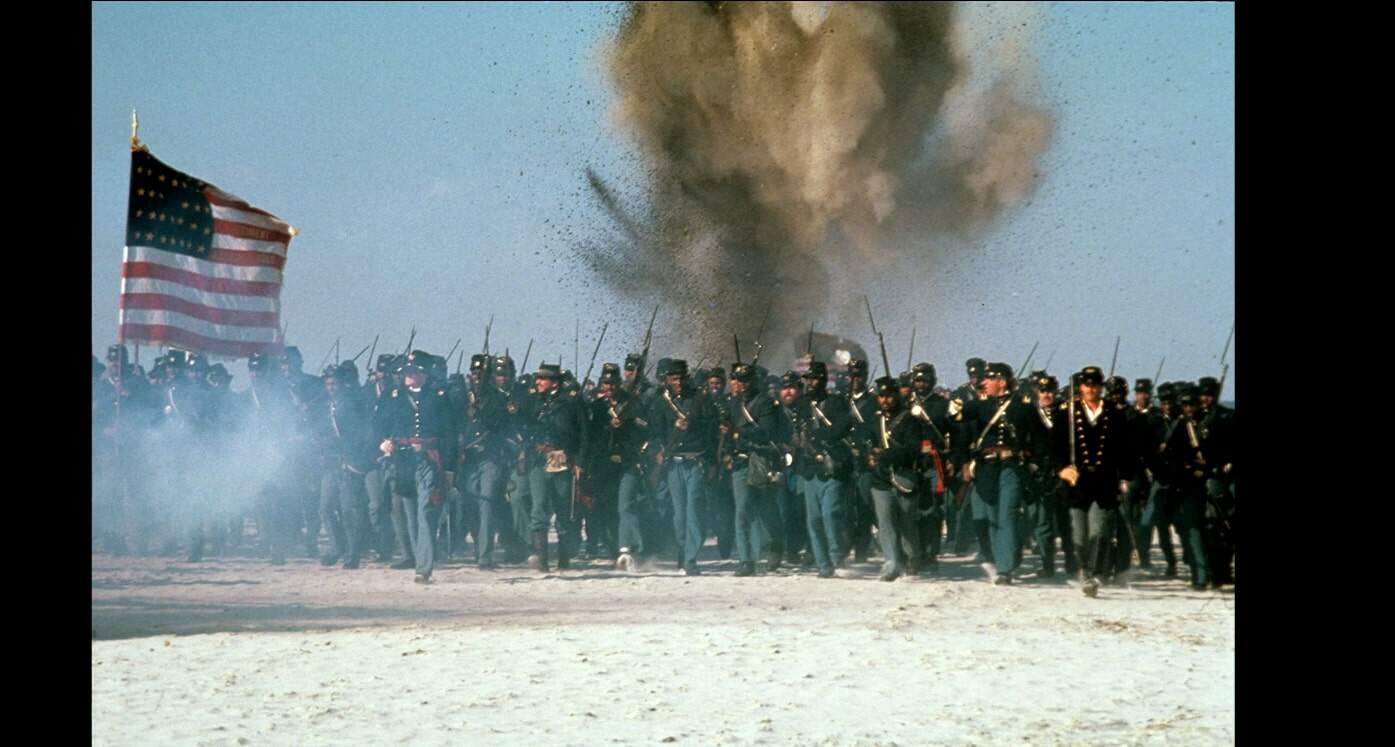
The script also drew on primary sources such as letters, military records, and diaries, as well as secondary sources like newspapers and books. With the help of these resources, the scenes were made very close to reality.
Also read: Top 10 War Movies of All Time You Must Watch
24. The Confederate uniforms were made out of dyed bed sheets.
The Civil War reenactors helped in designing the uniforms. The uniforms resemble the uniforms of soldiers in real life. The Confederate uniforms used in the film were made out of bed sheets. The production team dyed bed sheets and made uniforms out of them. The Union uniforms represented in the movie were historically very accurate.
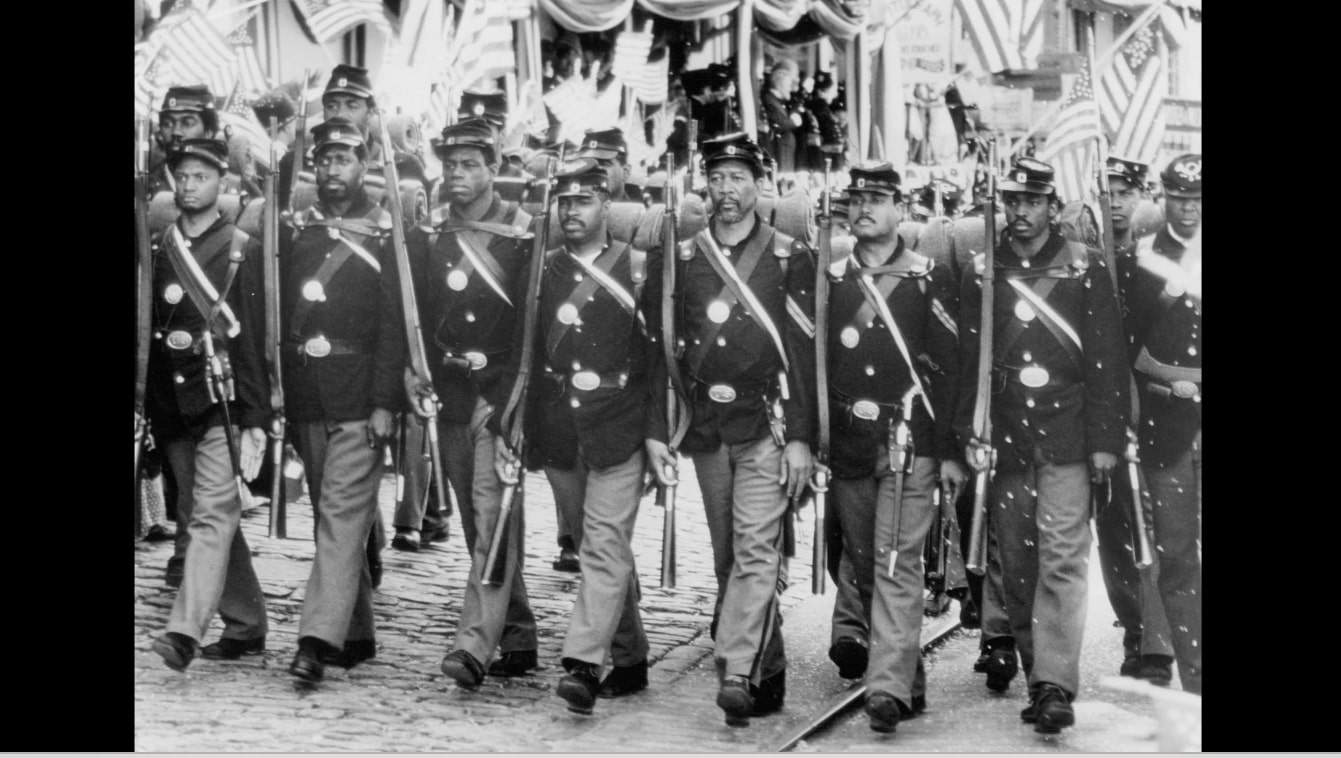
25. A hurricane occurred during the production of the film.
The movie started its production in early September. While the production was about to be completed, a hurricane called “Hugo” occurred. The hurricane continued for almost 20 days. This hurricane damaged most of the shooting locations for the film.
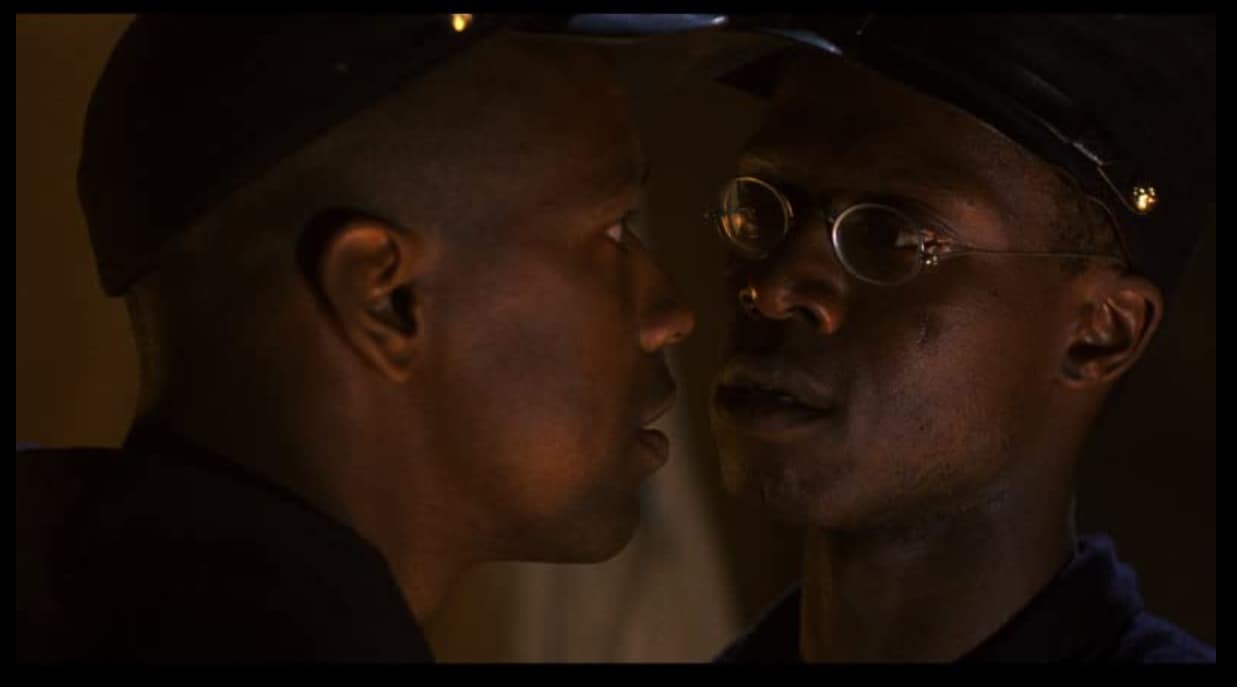
The hurricane caused extensive damage in Georgia, which is one of the main shooting locations of the film. Due to the adverse effects of the hurricane, the production of the film got delayed. The shooting resumed again in February.
26. Most of Cary Elwes’s scenes were removed from the film.
Cary Elwes played the role of Major Cabot Forbes. He acted in various scenes along with Matthew Broderick in the film. These scenes show them going to school together and fencing together. But the majority of his scenes were removed from the film.
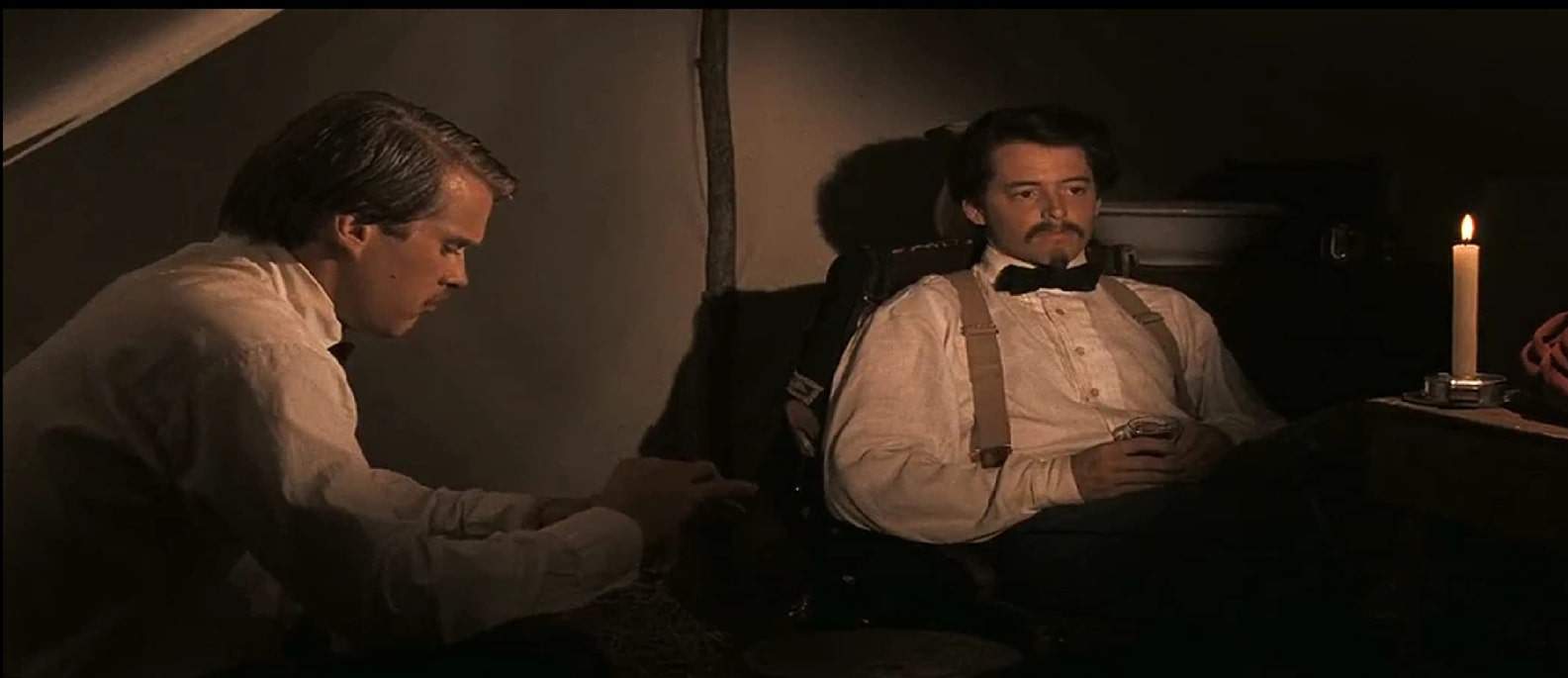
Cary mentioned that most of his scenes were left in the cutting room. These scenes never made it to the final cut. The director of the film, Edward Zwick, also mentioned that Cary did not get along with Matthew on the set. This might be the possible reason behind removing his scenes from the film.
27. The scene in which the soldiers refuse their pay is inspired by a real incident.
The scene in which the black troops refuse their pay is inspired by a true event. The 54th Regiment was promised equal pay with the white troops. But the government started deducting their pay by giving various reasons.
This was an unfair practice. Following the suggestion of Colonel Shaw, the black soldiers refused to take their pay. Colonel Shaw supported the troops. This scene was shown in the film.

28. The film is used as an educational tool to teach students about the American Civil War.
The film Glory depicts the events of the war very accurately. The film is being used as an educational tool to teach students about the Civil War. The movie tells about the great sacrifices made by black soldiers in the war. It also mentions important historical events.
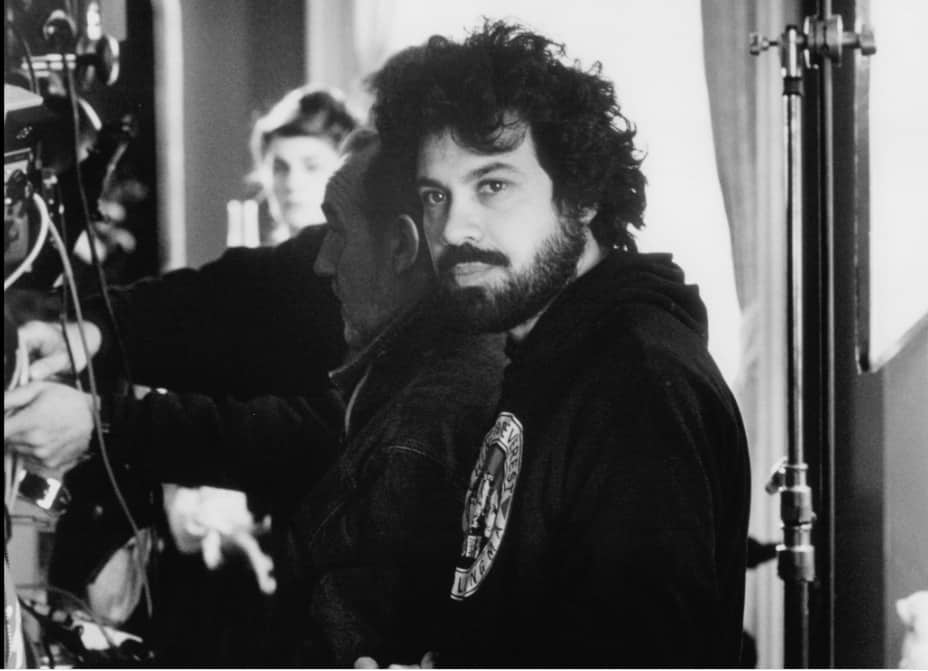
Apart from this, the movie also helps in developing the qualities of courage, sacrifice, respect, etc. It teaches us about diversity. The film continues to stay relevant even today. It is one of the main reasons to watch the film.
29. Matthew Broderick was afraid of loud explosions on set.
Matthew Broderick, who played the role of Colonel Shaw, mentioned that he was afraid of the loud explosions that happened on the set. To recreate the battle scenes, explosions were made on the set. Matthew was genuinely afraid of the explosions and mentioned that no acting was needed in the scenes.

Also read: 40 Movies Similar To Top Gun That Take You To the Battlefield
30. Many scenes were cut from the theatrical film.
The makers removed several scenes from the film. These scenes included those of Cary Elwes. A major part of his scenes was removed. Jane Alexander, who played the role of Colonel Shaw’s mother, had several scenes in the film.

These scenes were removed from the film, and her full-length role became a cameo. In one of his interviews, the director mentioned that the scenes that were shot but not essential were cut from the film.
31. Matthew Broderick is known to be a distant relative of Colonel Shaw.
Matthew Broderick played the role of Colonel Robert Gould Shaw. When the lineage of the actor was traced, it was found that his family had a military background. The forefathers of Matthew took part in various wars. Surprisingly, the actor’s ancestors were part of the army at Gettysburg. So Matthew Broderick seems to be a distant relative of Colonel Shaw.
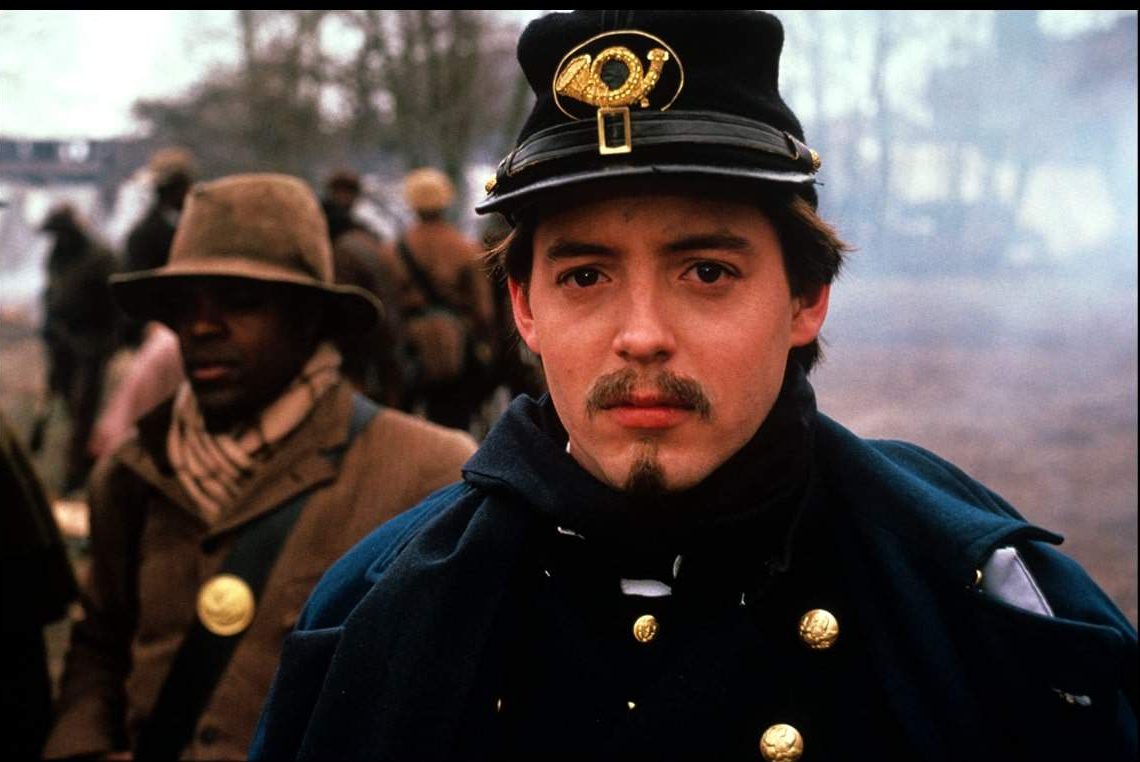
32. The battle scenes were filmed for several weeks.
The filming of battle scenes was very challenging and took several weeks to complete. The choreography and filming required a lot of time, as they were very similar to the real war. These war scenes were choreographed by Civil War reenactors.
The filmmakers used different camera angles to film the war scenes. The scenes were filmed using practical effects as well as CGI. Some of the scenes even required around 1500 extras.
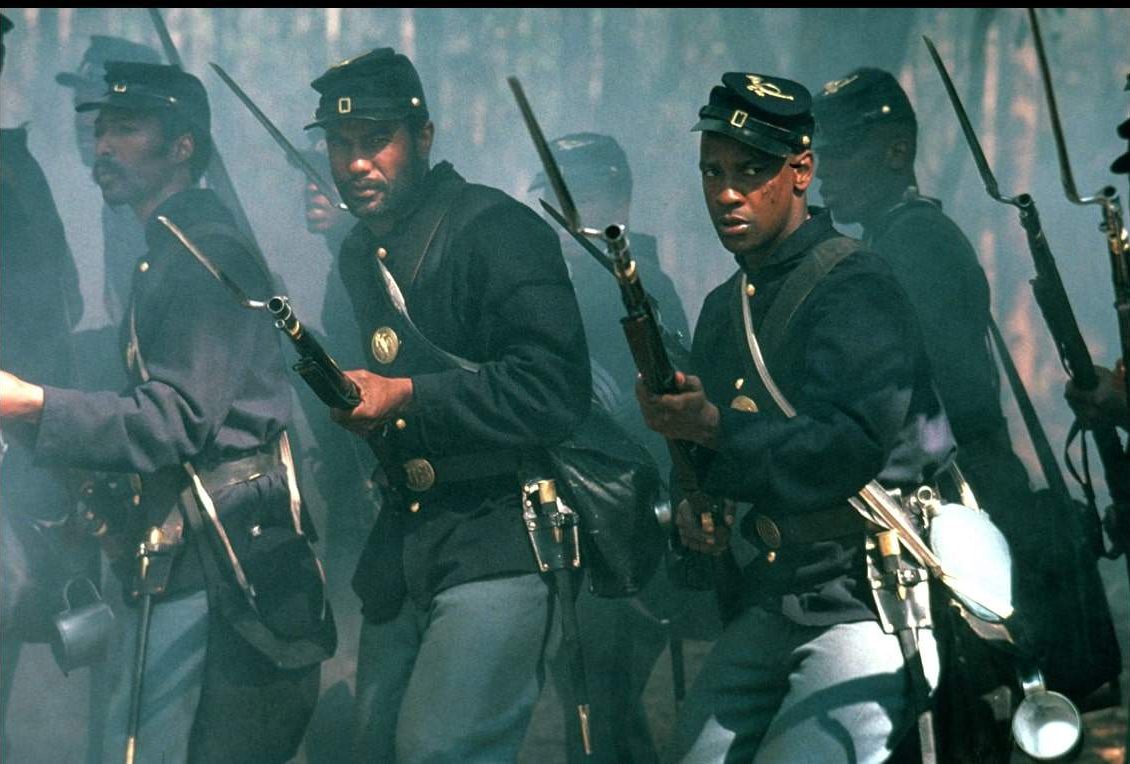
33. This film has one of the longest credit rolls.
The credits in the film are very long, and reels were used in theatres at that time. The credits, shown after the movie, had a separate reel. In the theatres, these credits lasted nearly 10 minutes.
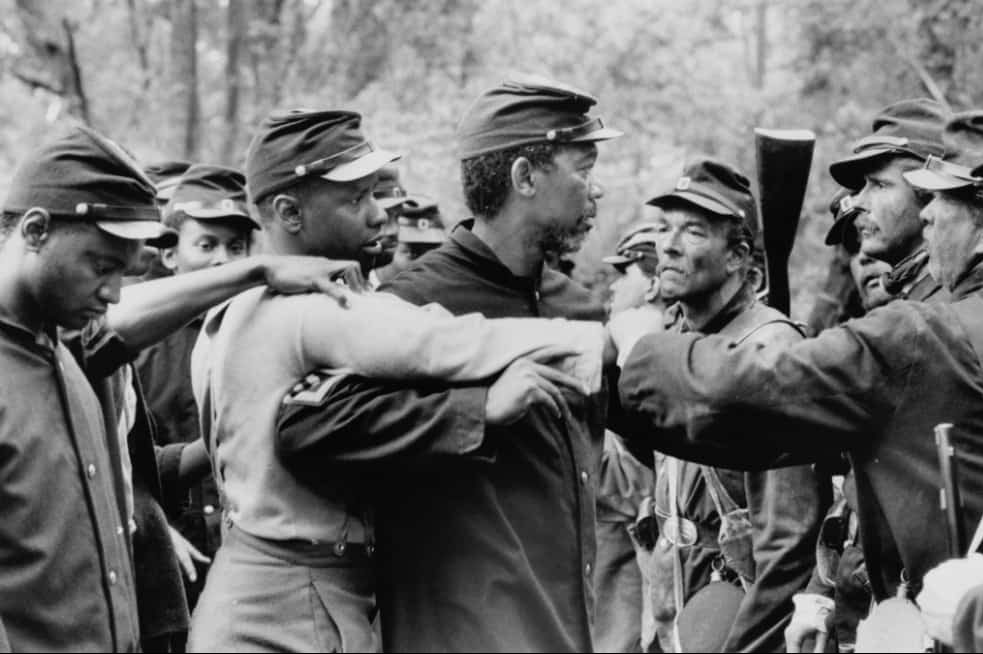
34. The opening scene of the film features a quote written by Frederick Douglass.
Frederick Douglass was a famous abolitionist. He wrote many books and fought for the abolition of slavery. He saw the 54th Massachusetts March. The quote mentioned in the opening scene of the film was written by him.
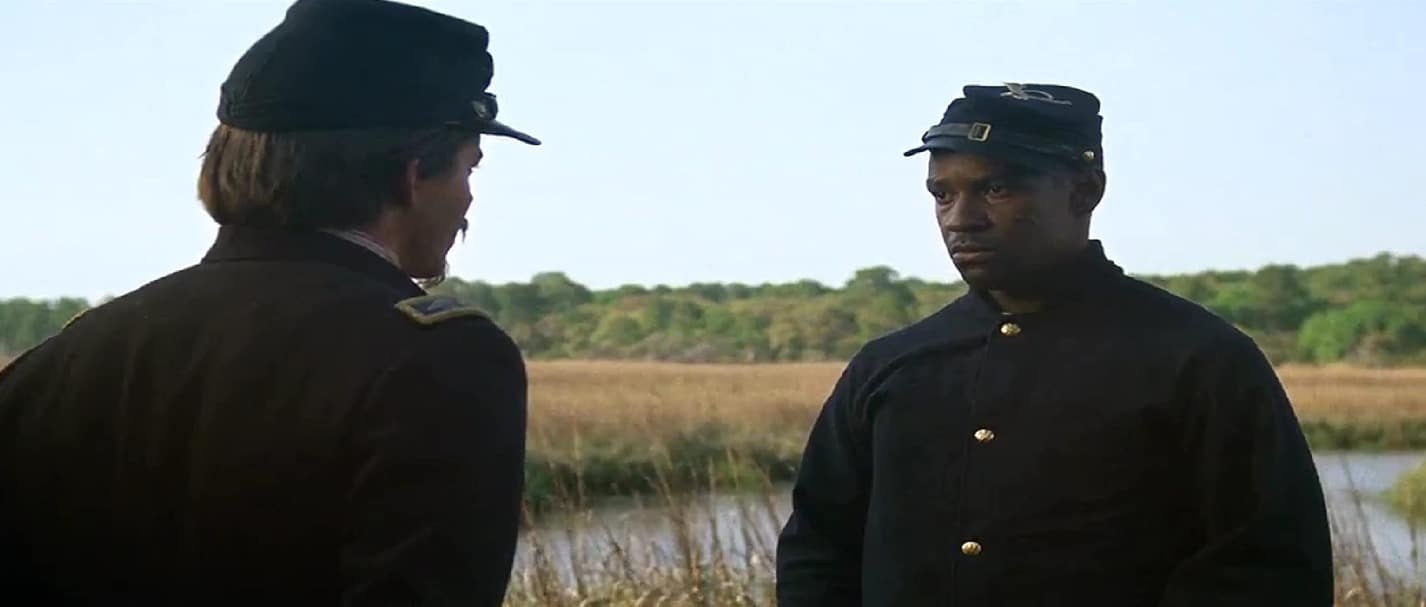
35. The emotional scene of John Brown’s body was not written in the script.
The scene where the soldiers mourn the death of a black soldier is one of the most iconic scenes of the film. The scene was not written in the script. The actors were genuinely sad and improvised the scene. The actors were upset and sad about the scene since it was a real incident. This improvised scene turned out to be one of the most notable scenes of the film.
